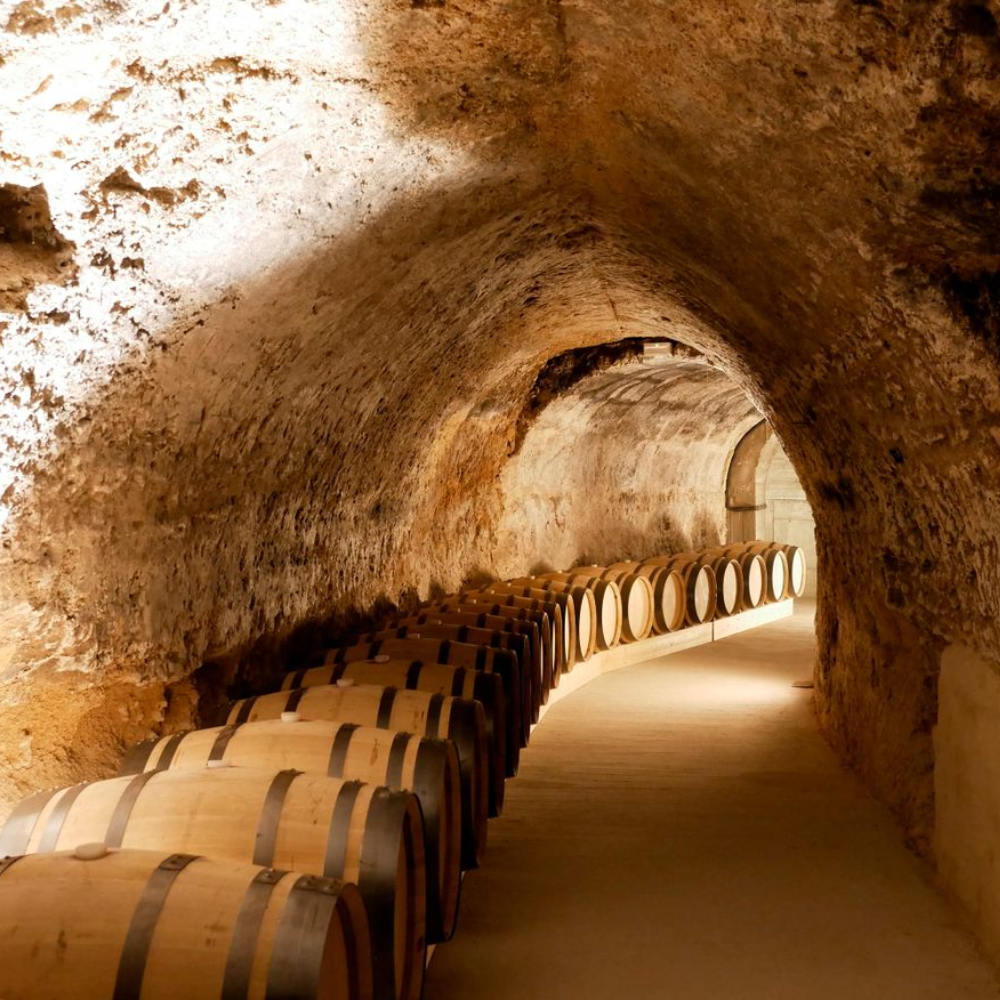The vast army of Spanish red wine enthusiasts can mostly be divided into two major camps: the "riberistas," who are fans of Ribera del Duero, and the "riojistas," who prefer Rioja. Some play for both sides but one can’t help but feel there is somewhat of a friendly rivalry maybe like Barça and Real Madrid fans? At The Good Wine Shop, we appreciate of course all regions, but today we'd like to focus on the appellation from which the legendary wines of Pingus and Vega Sicilica amongst other greats originate.
Ribera del Duero, a prominent wine region in Castilla y León, northern Spain, has a rich history shaped by various cultures. Originally inhabited by the Vacceans, who had little interest in winemaking, the region saw its first significant wine production begin under Roman rule. The Romans built wine cellars here, some of which remain preserved and are still used today, offering a unique glimpse into the region’s past. During the early days of winemaking in Ribera del Duero, peasants were the primary producers. Each household managed a small plot, typically about one hectare, which included a vineyard.

The region's winemaking evolved significantly due to its proximity to the capital. Before 1561, when Valladolid was the capital, the royal court, along with judges and officials, fuelled a high demand for wine. However, after the capital moved to Madrid, Ribera del Duero found itself isolated due to the poor infrastructure, which affected local wine production and distribution. This isolation prompted a shift in winemaking focus from catering to the royal palate to addressing the preferences and needs of the local community.

Despite these challenges, the 20th century brought renewed interest and revitalization to Ribera del Duero’s wine scene. In 1982, driven by the efforts of winemakers Alejandro Fernández, Teófilo Reyes, and Mariano García, the region was awarded Denominación de Origen (D.O.) status. This classification, signifying a quality and geographical indication, spurred interest, and investment in the region.
Even those wine lovers who are not intimately familiar with Ribera del Duero have likely heard of Pingus, and the most fortunate have even tasted it. Created by renowned enologist Peter Sisseck, Pingus stands out not only for its exceptional quality and taste but also for its compelling backstory. In November 1997, a container ship sank around the Azores islands, and every bottle onboard found a new home at the bottom of the Atlantic Ocean. This loss made the 1995 vintage exceedingly rare, pushing its price in the US to over $450 a bottle. Indeed, every cloud has a silver lining.
So what are the grape varieties?

In 1984, this newfound interest led to the first major campaign in decades to restore and expand the vineyards, with a significant focus on the Tinto Fino(Tempranillo) grape variety. The adaptation of Tinto Fino to the local conditions offers a wine distinct from the Tempranillo grown in other regions, such as Rioja. Known for its deep colour, robust tannin structure, and complex dark fruit aromas, Tinto Fino helps produce top-quality wines that are celebrated for their aging potential. In addition to Tinto Fino, Ribera del Duero also cultivates Garnacha, Malbec, Merlot, and Cabernet Sauvignon.
The predominant white grape in Ribera del Duero is Albillo Mayor, an indigenous variety that closely relates to Tempranillo. These grapes are small, with thin skins, and produce wines noted for their bright aromas and full-bodied character, albeit with low acidity.
There is certainly no shortage on quality wines made within the region and here at The Good Wine Shop we have some truly exciting wines from our favourite growers on the shelf. So reach for a Ribera del Duero on your next visit to the shop or online, you will most certainly be rewarded for your choice.



